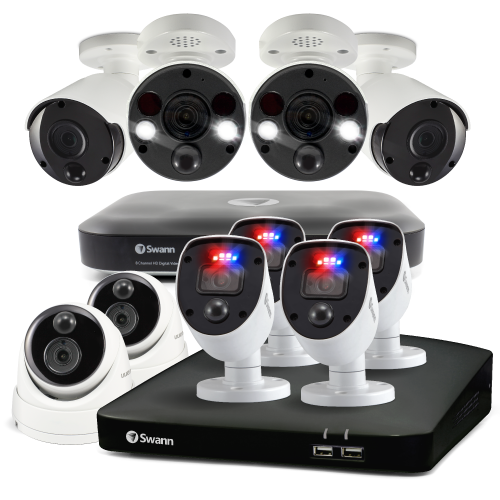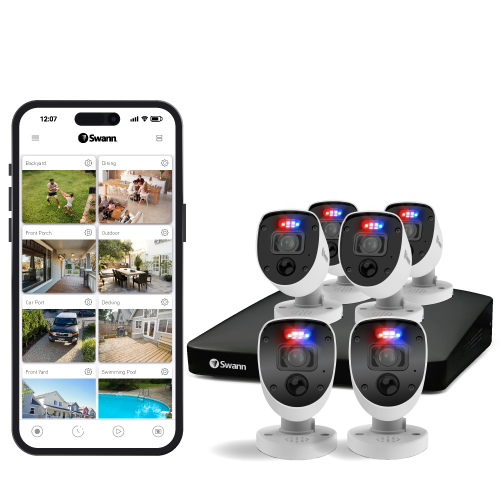The main benefit of a DVR camera system is the cost. DVR systems are significantly more affordable than NVR systems, mainly due to the lower cost of analog cameras. This savings is especially appealing if you’re unsure about incorporating Wi-Fi into your security network.
If you have spotty internet, no internet, or Wi-Fi security concerns, a DVR system may be a better choice for you than a wired NVR system. DVR systems are dependable, affordable, and relatively straightforward. And, with recent advancements in analog high definition, the gap in quality between NVR and DVR systems has significantly lessened.
However, if you’re still looking for something more advanced or with greater flexibility, DVR surveillance systems may not be for you. DVR systems tend to have lesser flexibility, picture quality, ease of installation, and audio capabilities than their NVR counterparts.













